.jpg)
A&S honors 13 faculty with endowed professorships
The professorships are made possible because of gifts from alumni, parents and friends.
Read more Department Homepage
Department Homepage
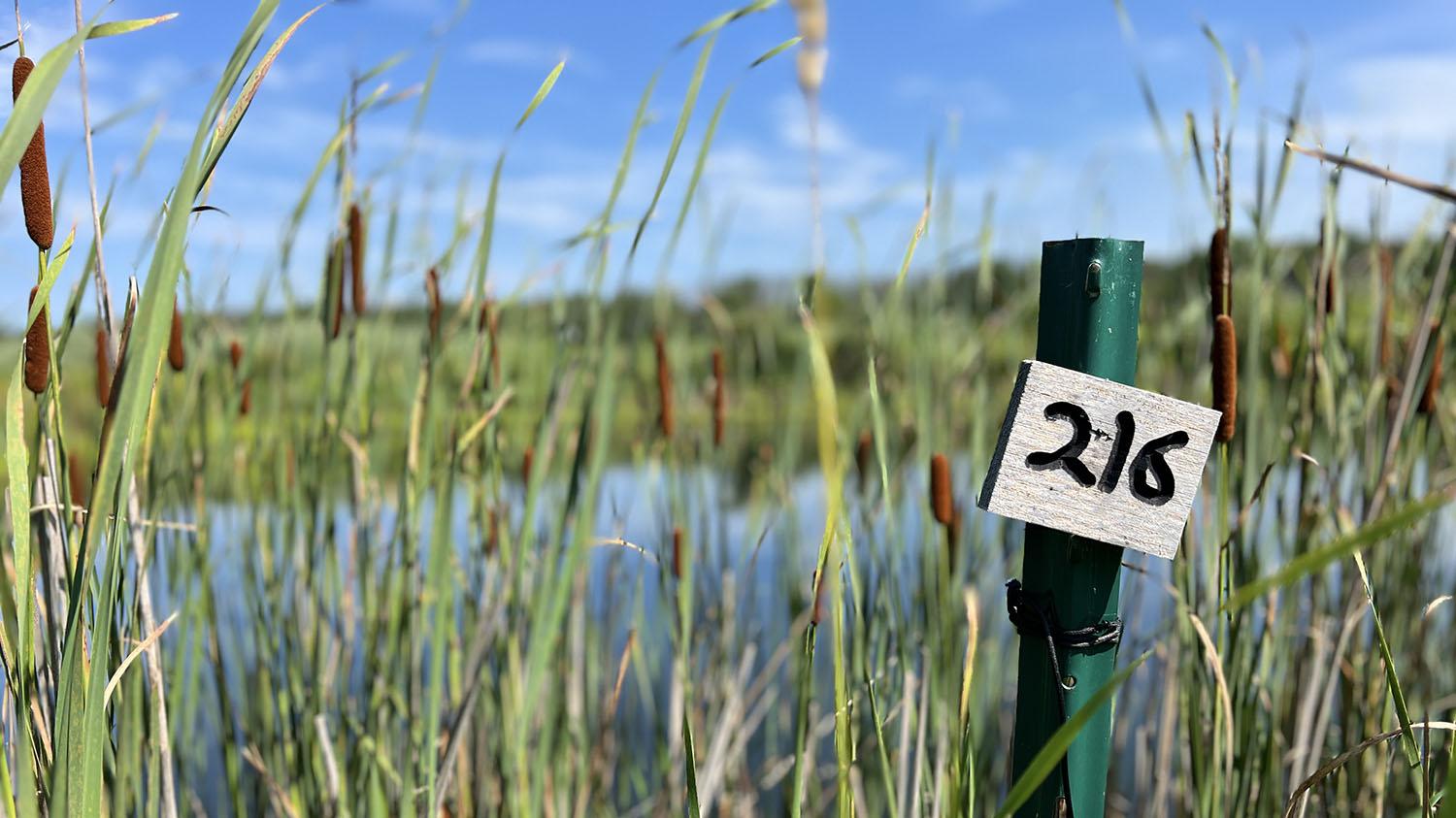
In our department we value science and education grounded in the natural history of organisms, and strive to understand the patterns and processes that structure communities and ecosystems, and drive evolutionary change over all geographical and time scales. As new methods provide insight into ecological and evolutionary mechanism and function, we seek to refine fundamental concepts, integrate findings into novel theory, and address environmental challenges. As a department we are committed to diversity, equity, inclusion, justice and belonging - values that underlie all we do.
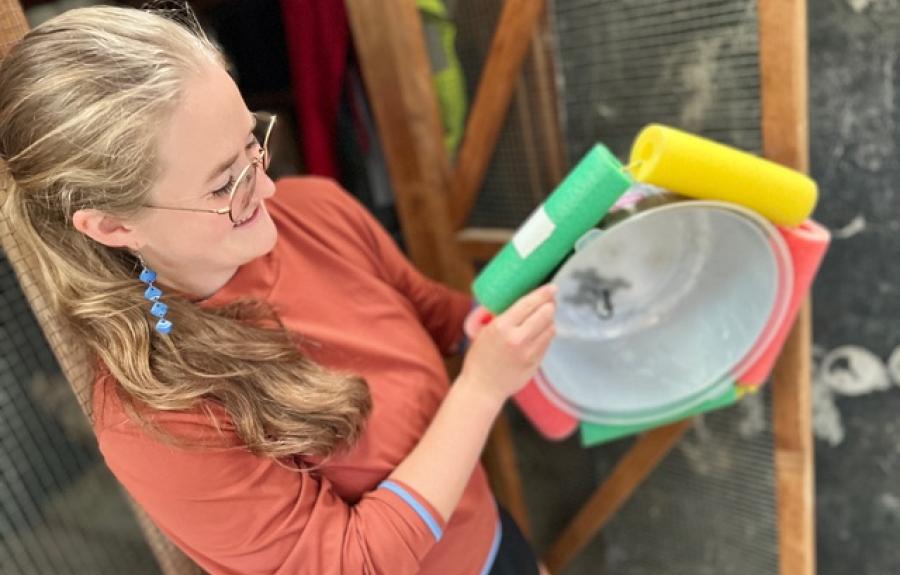
Cornell’s Experimental Ponds Facility is a research and teaching resource operated by our department. For over 50 years, a broad range of field and experimental projects have utilized the Ponds facility. Past and ongoing studies provide valuable insights and solutions into a variety of topics including: conservation of migratory birds; and a broadened understanding of nutrient and chemical pathways in aquatic environments. Research teams from EEB's Holgerson and Vitousek Labs are currently using the Ponds facility for their research programs.
.jpg)
The professorships are made possible because of gifts from alumni, parents and friends.
Read more

Through intensive breeding, humans have pushed breeds such as pug dogs and Persian cats to evolve with very similar skulls and “smushed” faces, so they’re more similar to each other than they are to most other dogs or cats.
Read more


Expanding aquaculture in the Amazon could provide nutritional and economic benefits at a fraction of the environmental cost of cattle grazing, according to a recent paper in Nature Sustainability authored by a multi-national research team lead by EEB grad student Felipe Pacheco from the Flecker Lab.
Read more
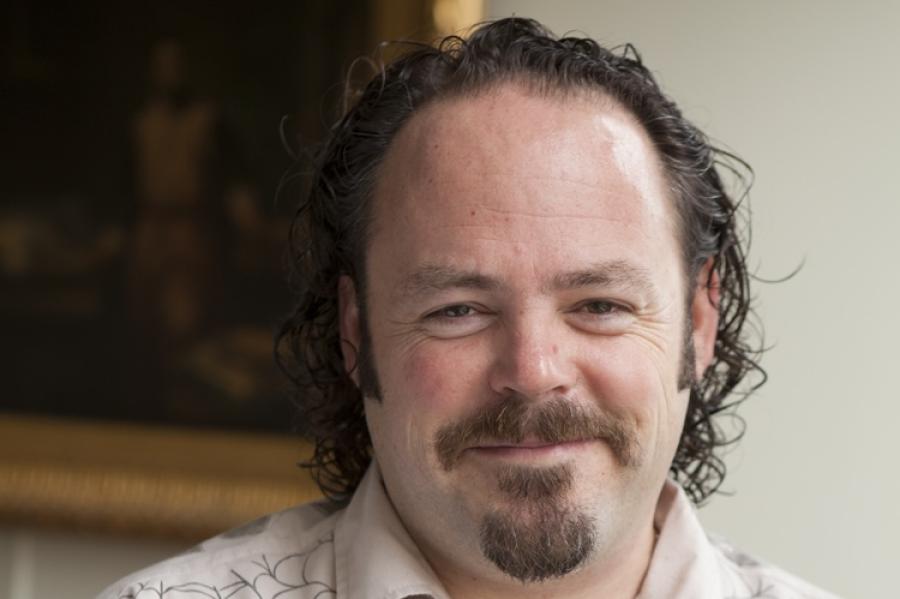

Sparks was honored for his distinguished contributions to the fields of ecology and environmental science.
Read more
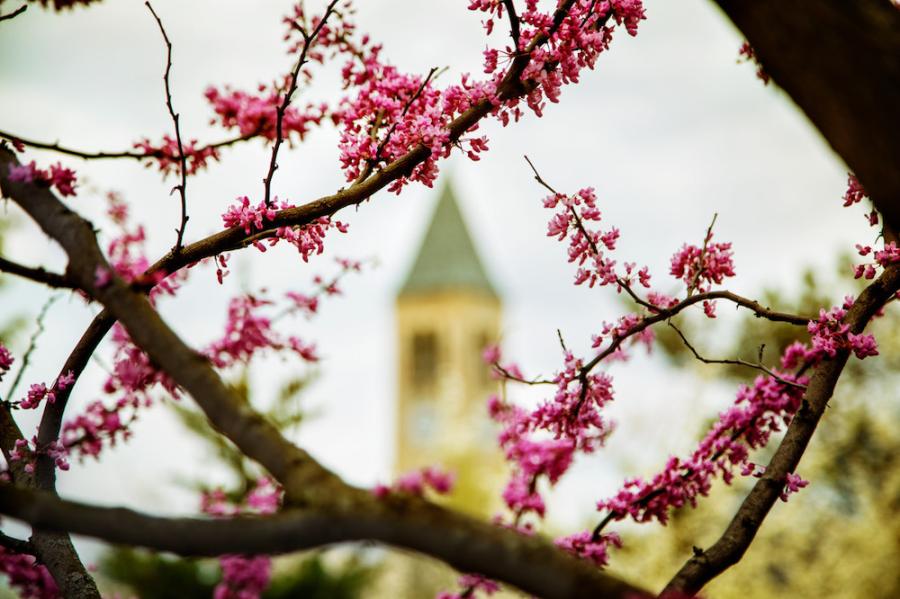

Researchers studying novel traits in organisms and the fundamental understanding of extreme weather are among the five Cornell assistant professors who've received National Science Foundation Faculty Early Career Development Awards.
Read more
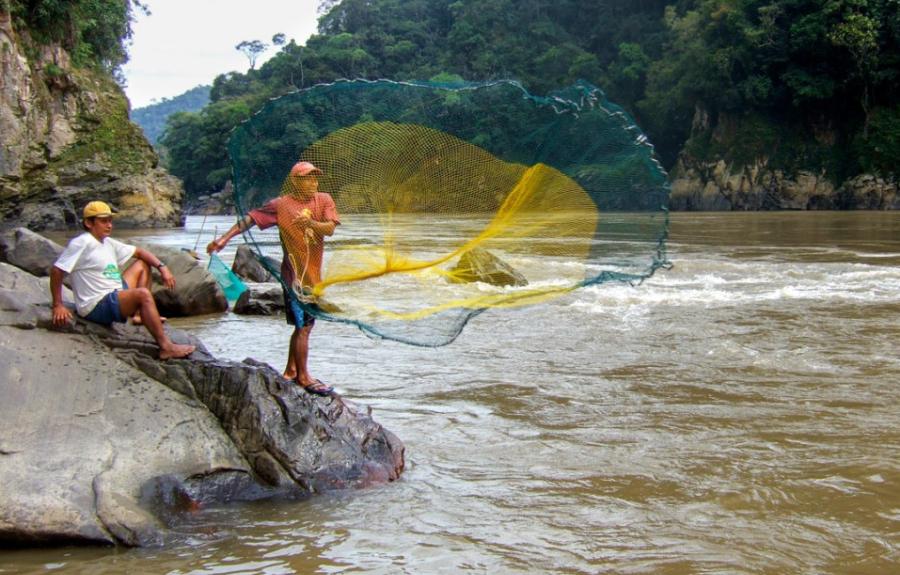
Former EEB grad student and Schmidt AI in Science Postdoctoral Fellow in the College of Veterinary Medicine, Sebastian Heilpern leads Cornell research team in the Amazon: Smaller fish species are more nutritious, lower in mercury and less susceptible to overfishing. The findings have implications fo...
Read more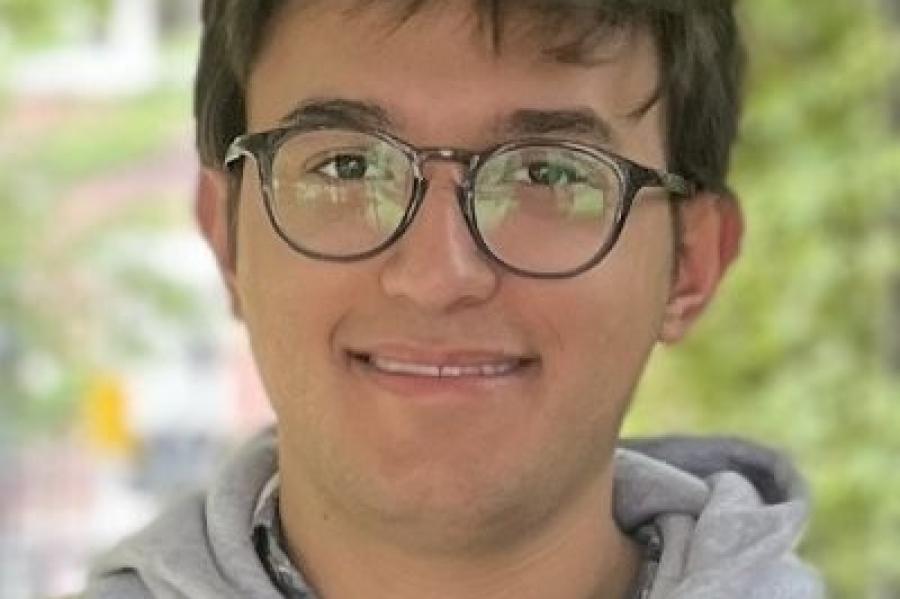

Cornell Atkinson is supporting 36 graduate students – including some in A&S – whose work protects biodiversity, improves health, reduces climate risk and more.
Read more
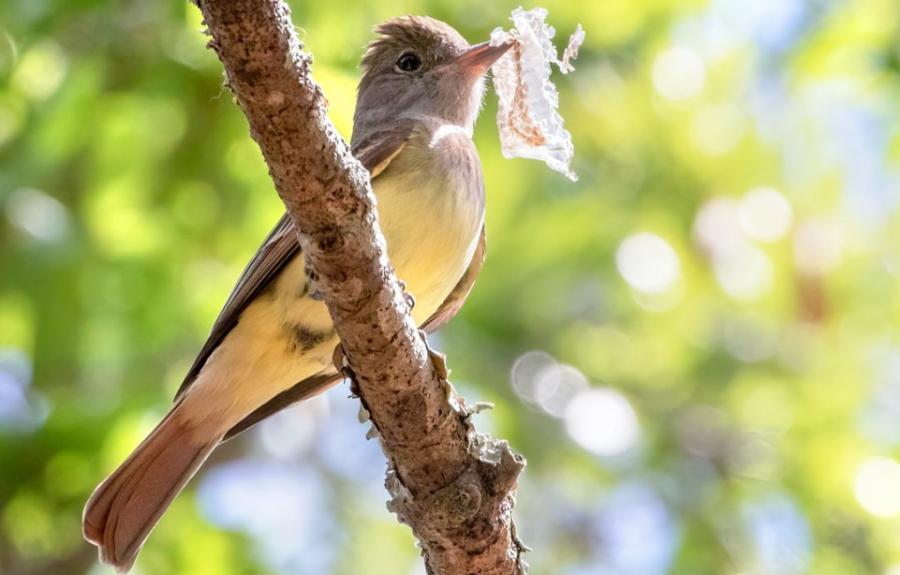
EEB and CUMV researchers Rowher and Vitousek report: new and historical data show birds that nest in cavities are more likely to use shed snake skins in their construction than birds that build open-cup nests, and this practice helps deter predators from eating the eggs.
Read more